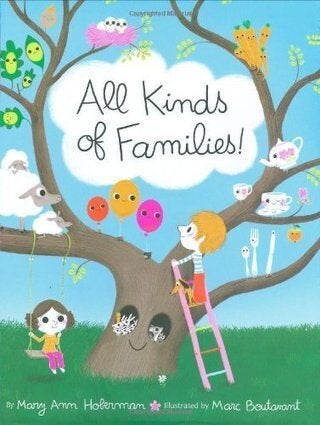Diversity in Hollywood has become a hot topic in recent years, with many pushing films and TV shows to be more inclusive. Why? Because representation matters.
According to a 2011 study published in Communication Research, not only does diversity onscreen directly affect children’s self-esteem, but it also negatively “affects them when the young people who look like them are seen doing something wrong.”
Thus, kids’ shows have an enormous responsibility to be inclusive, break stereotypes and set good examples for children. Kids’ shows from the '90s, in particular, are an excellent example of this, and we’ve rounded up the top five right here.
From the “Magic School Bus” to “Barney & Friends,” these '90s shows were inclusive long before the term diversity was thing, which is even more of a reason to introduce them to your kids today.
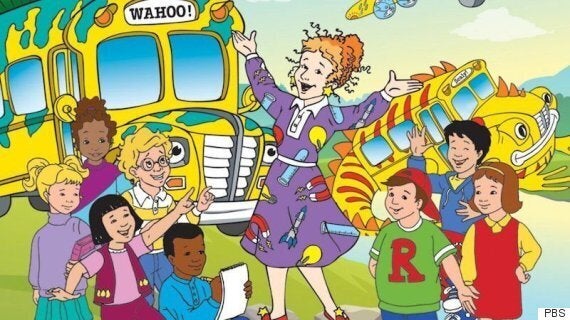
Just one look at the opening credits of “Magic School Bus” and you can see how racially diverse Ms. Frizzle’s class was from the get-go. And not only did the class include students of all different backgrounds, but it had a balance of girls and boys who broke gender stereotypes.
Dorothy Ann, for instance, was an astronomy lover (because girls like science, too), Arnold was the scaredy cat (because boys don’t always have to be brave), and Wanda was the tomboy (because girls can play sports just as well as boys).
Looking back at the show today, kids of the '90s still get excited about how inclusive the show was during their childhood:
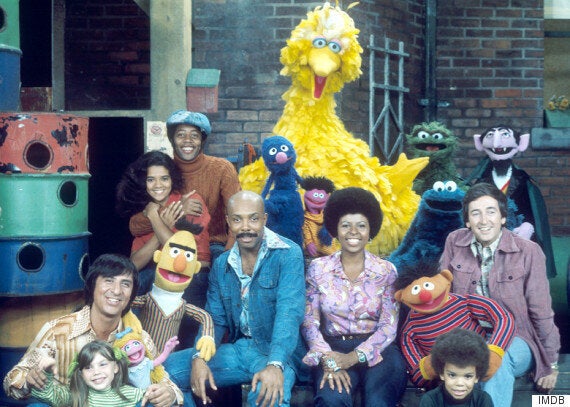
“Sesame Street” was before its time when it comes to diversity. When the show first aired in 1969, it portrayed people of different races as equals and even included African Americans as hosts.
“It was intentional from the beginning to show different races living together,” David Kleeman, executive director of the American Center for Children and Media, told Newsweek in 2009. “They were very conscious of the modelling that kids and parents would take away from that.”
Besides showing racial diversity, the series also helped normalize characters of different socioeconomic backgrounds (ie. Oscar the Grouch, who lives in poverty), abilities (Muppet Julia, who has autism) and cultures (Zari, who is the first Afghan Muppet).
The show also featured a ton of celebrities of all backgrounds, including Sofia Vergara, Maya Angelou, Yo-Yo Ma and Robin Williams. And in addition to teaching ABCs and 123s, the show consistently taught kids about acceptance, compassion, respect, inclusion and kindness.
Commenting on the show’s diversity, a spokesperson told The Huffington Post that representation is vital to what they do.
“Celebrating diversity and inclusion is in our DNA,” she said. “Studies show that kids engage and learn more fully when they see themselves reflected onscreen, and ‘Sesame Street’ is for ALL children around the world.”
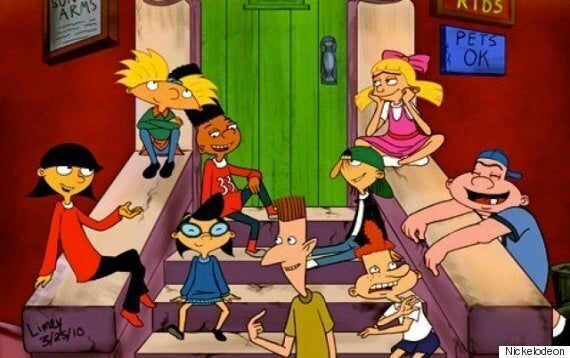
There’s a reason “Hey Arnold!” creator Craig Bartlett wanted the show to be set in a multiracial neighbourhood; it’s because it reflected reality.
“I really wanted to make the show reflect when I lived in Los Angeles in the mid ’90s,” he told Fuse last year. “It was such a gumbo of ethnicities in one amazing city. So I thought a modern urban classroom would reflect that. It’s idealized of course, because there’s only about 12 kids in the classroom. So I definitely wanted it to be ethnically diverse, and I thought it would be a cool move.”
The show’s cast of characters are from a mix of backgrounds. And if that isn’t awesome enough, Complex notes that the '90s show broke racial stereotypes, too. For example, Phoebe’s storyline showed kids that not all Asians are naturally smart; sometimes they have to work at it! And Gerald’s backstory revealed that black kids don’t always come from broken families.
Additionally, “Hey Arnold!” was also inclusive in that it featured two gay characters, Mr. Simmons and Eugene, although they never openly declared their sexuality.
“We figured Mr. Simmons was a gay character without having to make a big deal of out it, or have it be a special episode or anything like that. Dan Butler, who plays Simmons, is gay,” Bartlett explained. “And then you have Eugene. We figured he’s not gay yet because he’s still a kid. But he will be when he grows up!”
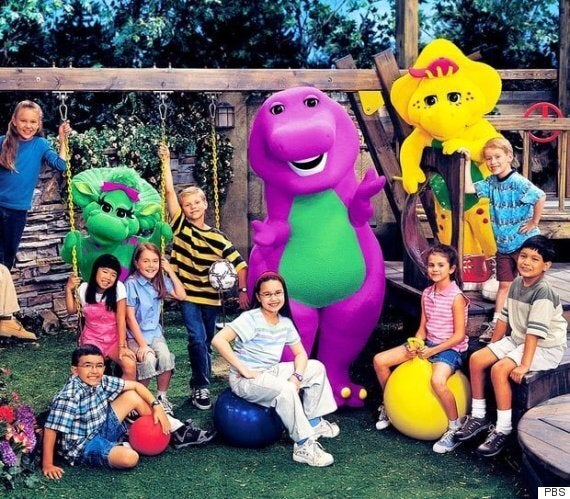
“Barney & Friends” was intentionally diverse. PBS’ website describes the show as being about Barney, his dinosaur friends and “his ethnically diverse cast of child playmates” who “solve problems and discover the world around them.”
The kids’ show certainly delivered on its promise of diversity, as kids of different races were consistently represented in each episode. And on top of that, Barney always taught kids about love and acceptance.
On Twitter, many continue to reminisce about the show’s inclusiveness.
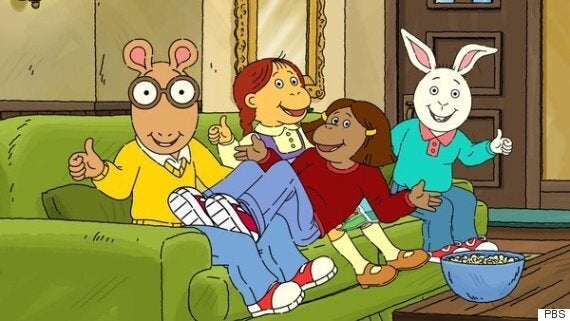
Turns out “Arthur” is far more diverse than you think! Firstly, all the characters in the fictional town of Elwood City are modelled after different animals. Arthur and D.W. are aardvarks, Buster is a rabbit, Muffy and Francine are monkeys, Brain is a bear, Sue Ellen is a cat and so on.
The characters also come from a diverse range of family types and neighbourhoods. For example, Arthur has a nuclear family, while his best friend Buster has a single-parent family. Additionally, Muffy is the richest girl in Elwood City and lives in a mansion, while Francine comes from a more humble family background (her father works for the city’s dump) and lives in an apartment.
Interestingly, WGBH senior executive producer Carol Greenwald revealed in a recent interview with Teaching Tolerance that the characters weren’t modelled after any race in order to make them relatable to kids and be as inclusive as possible.
“In creating these characters, we really tried to include a range of personalities and life experiences,” she said of the show’s diversity. “We’ve tried hard not to make any character identified as a specific ethnic group or skin tone because we want kids to identify with the characters across the board.”
“My hope is that any kid can look at any of these characters and say, ‘Oh yeah, that character is me,’” she added.
Also on HuffPost
